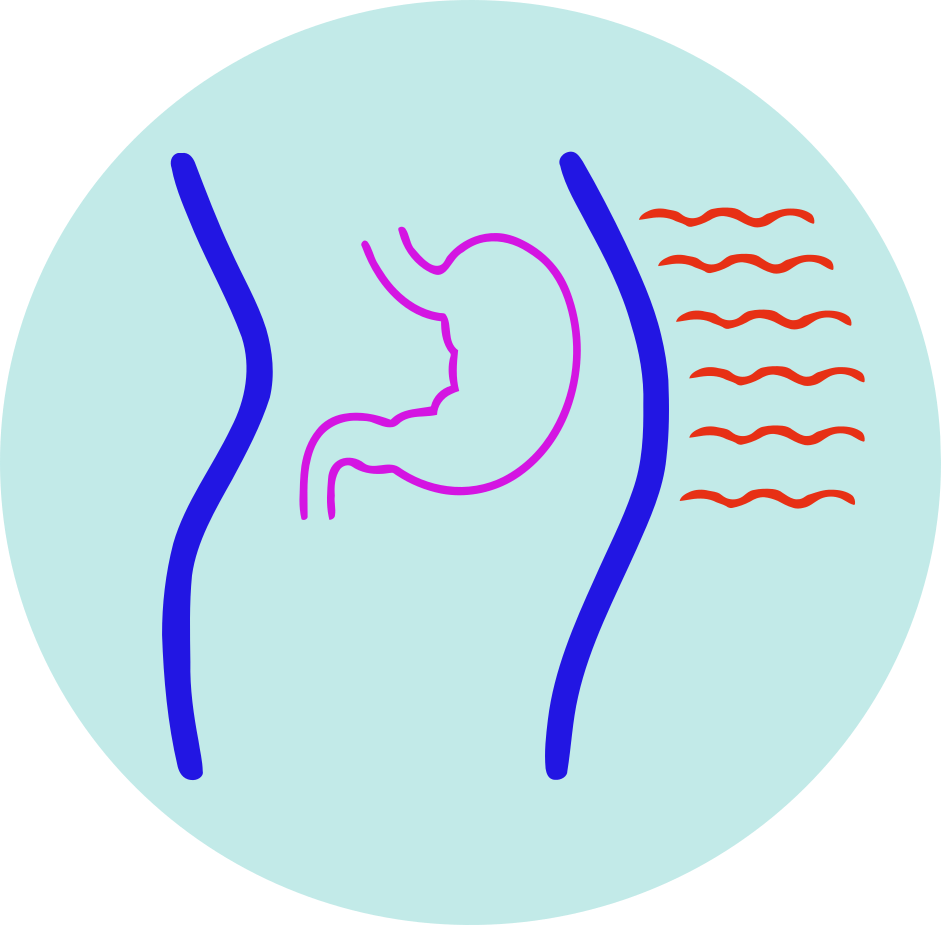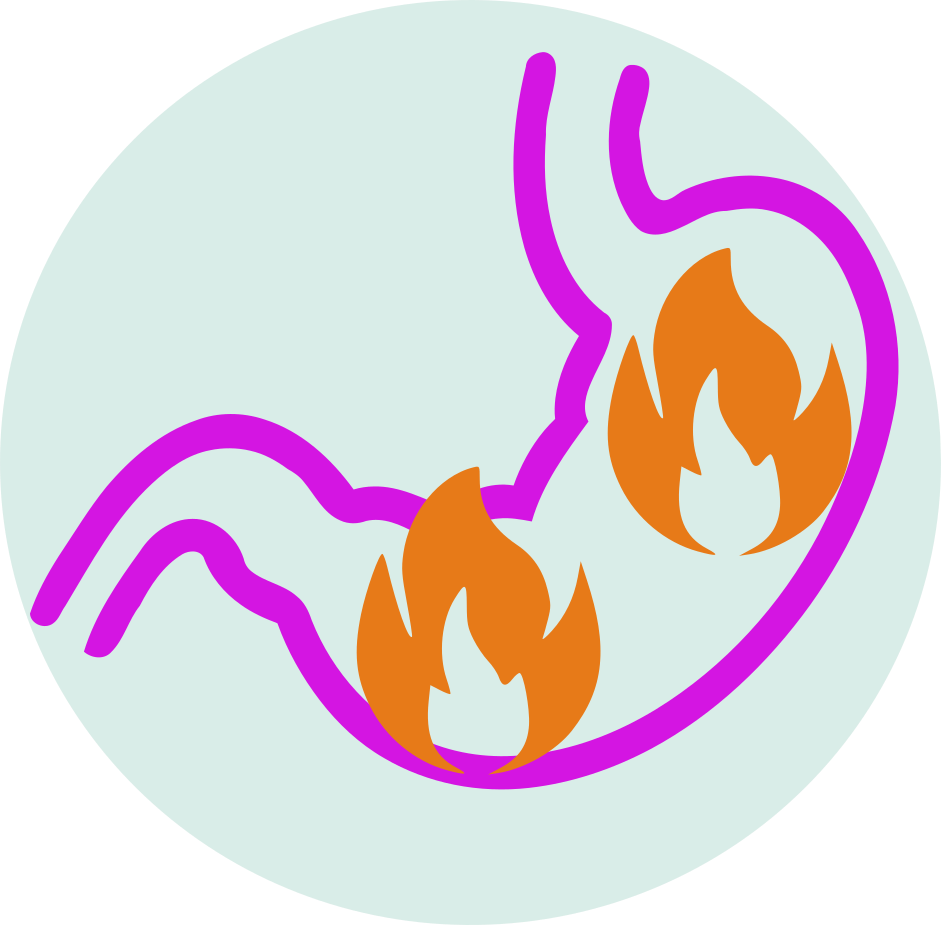| Name | Gentian |
| Classes |
Antiinfective Agent Dermatological/Topical Agent Topical Antiinfective Agent Antifungal Agent |
| Diseases |
Infectious Disease Jaundice Sore Throat |
Gentian
Gentian, in herbal medicine, is classified as a bitter herb. The primary mechanism of action of gentian involves its bitter principles, including gentiopicrin and amarogentin. Bitter compounds stimulate taste receptors, especially those on the tongue, leading to an increase in saliva and digestive enzyme secretion. This, in turn, promotes appetite and enhances digestive processes.
Gentian is commonly used in herbal medicine for its potential benefits related to digestive health. It is often employed to stimulate appetite and improve digestion and to improve gastrointestinal problems like nausea, bloating, anorexia and heartburn.
- The dosage of gentian can vary based on the form (extract, tincture, tea) and the specific product used.
- Follow product-specific recommendations or consult with a healthcare professional for personalized guidance.
Adverse reactions associated with gentian are generally uncommon, but individual responses may vary.
- Allergic Sensitivity: Individuals with known allergies to gentian or related plants should exercise caution and may want to avoid its use.
- Pregnancy and Lactation: Information regarding the safety of gentian during pregnancy and lactation is limited. Pregnant or breastfeeding individuals should consult with a healthcare professional before use.
- Digestive Disorders: Gentian's bitter principles stimulate digestive processes, but individuals with certain gastrointestinal conditions (e.g., peptic ulcers) may want to consult a healthcare provider before use.
- Interactions: Gentian may interact with certain medications or conditions. Consult with a healthcare professional if taking other medications or if there are pre-existing health concerns.
Contraindication
Individuals with a known allergy to gentian or its constituents should avoid its use.
None known.
Gentian is not typically recommended for use in young children or infants due to limited safety data.
 Bangla
Bangla English
English


